I wanted to highlight a few Japanese practices that stand out when compared to those in my home country. Living in the countryside, I had to get used to using Japanese a lot, and to more conservative practices. There’s plenty I could talk about, but I figured I’d cover something we use every day: money!
Bills
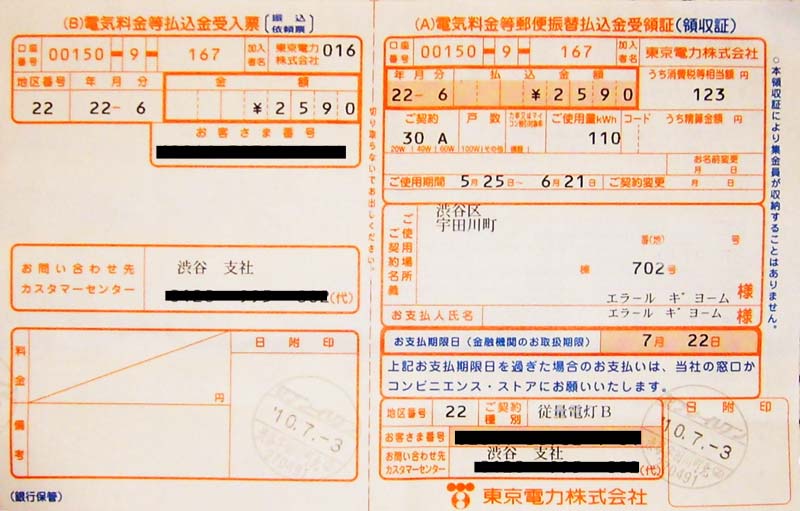
Paying bills seems a little strange because most western countries get it done online. In Japan, it’s quite the opposite. While you don’t have to write a check or mail physical money, instead you have to fill out a form the power/water/gas company mails you. After providing all the information required, you can set up automatic payments directly from your bank account or pay it at any convenience store, such as 7 Eleven, Mini Stop, or Family Mart.
Credit Cards

The use of a credit card is still very rare. Sure, they are accepted at major retail stores, supermarkets, and shopping malls, but for the most part, Japan is still a very cash-based society. There are even popular chain establishments (particularly restaurants) that don’t accept credit as payment. The use of cash over credit is such an ingrained part of Japan’s culture that packages from any webshop (included Amazon JP) can be paid with Cash-on-Delivery. If COD isn’t offered then a payment number is issued, and the bill can be printed and paid at any convenience store.
Bill-Pay took some getting used to. While I can’t speak for every major credit card company, the one I use (EPOS) is drastically different than a typical Discover or Visa in America. In Japan, my card does not allow minimal payments every month. I’m expected to pay the amount in full. In the event that I can’t pay the full amount — like when I purchase a plane ticket home — then before a pre-established deadline I must declare that I want to divide the payments up over the course of a number of months. This has to be done for every individual purchase made, and can’t just be applied to the full bill.
On one hand, this forces me to monitor my spending habits. Once the divide is set it’s locked in for good. This means that if I divide payments up every month, those larger purchases tend to stack up, and I could be facing an enormous credit card bill later down the line.
How does that affect interest rates? Honestly, I don’t have a universal answer. While my card’s interest rates were easy to identify by basic numbers and specific kanji in my terms of service agreement when I signed up for the card, I’ve yet to actually see it come into effect. My card service allows me to peak at the expected bill amount for the next 12 months. Everything is divided and labeled from newly made purchases for that particular month, split-payments that remain from previously divided purchases, and expected interest amount. That plane ticket I’m paying off over the next 8-10 months? Nothing unexpected. The interest amount listed for those months? Nothing. The expected bill amount for 4-10 months from now continues to say the same thing every month I check, with no added interest fee.
24-Hour Services
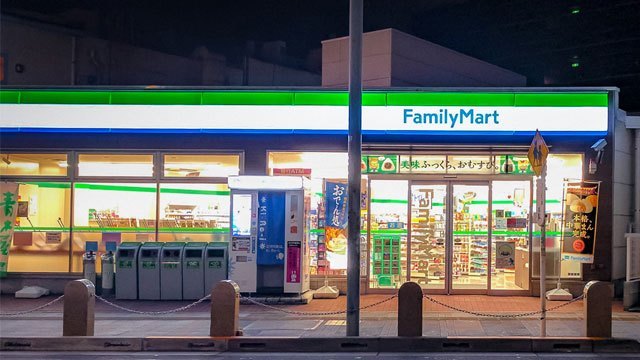
24-hour services are near nonexistent beyond convenience stores and Internet cafes. Most major retail stores are closed by 8pm, with the exception of the grocery store. The only establishments that I’ve seen stay open late are video rental stores.
Chain vs Local Shops
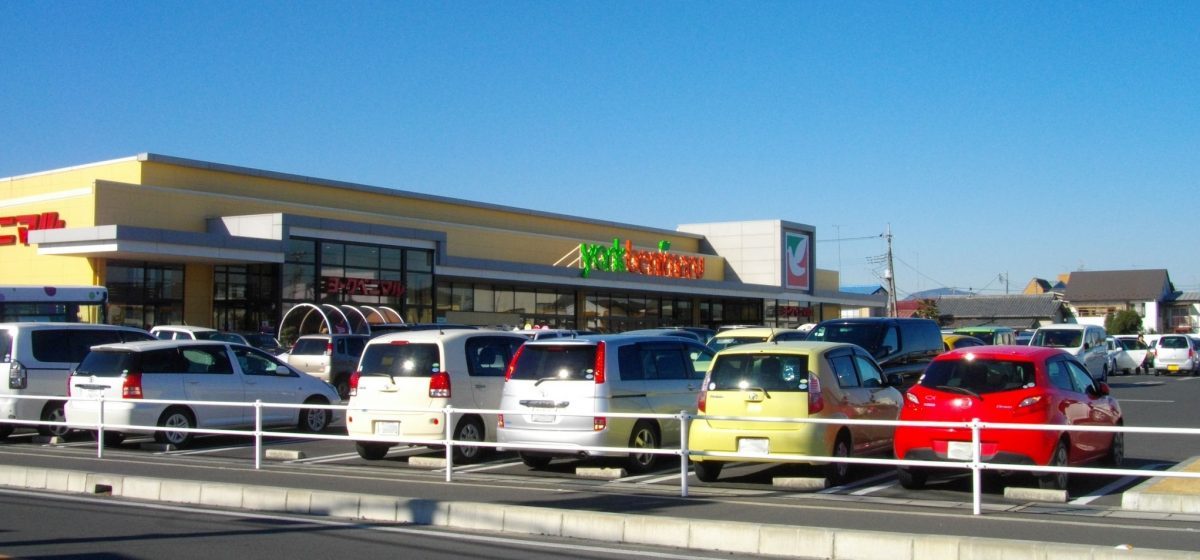
While chain establishments are becoming a more popular business practice, out in suburban and countryside towns it is still very common to have mom-and-pop shops on any street corner. While a York Benimaru (supermarket) and a HoMac (home goods and gardening) are both within 20 minutes of my apartment, while walking there I stroll past an independent tailoring shop, a fish shop, a flower shop, bedding supplies store, and a vegetable shop. All of these goods can be obtained at the two supercenters that are right next to each other. Miraculously, these independently owned shops still remain in business year after year.
Save Money with Thrift Stores
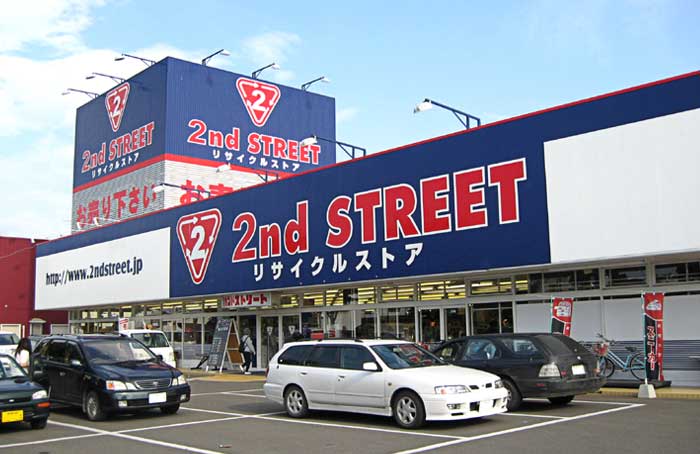
This was one of the biggest surprises when I first moved here and was furnishing my apartment. Like in America, it wasn’t hard to find thrift stores that sold just about anything from furniture to clothes, electronics, bikes, and even collector’s goods. However, in Japan, there’s a level of quality that makes you believe everything only saw a year’s use by the original owner. Some stores even offer three months of free insurance on home appliances.
Most thrift stores offer a delivery service if you d0n’t have a car. In America, I was used to arranging everything for myself or relying on that one friend who had a pickup truck.
Rental Stores
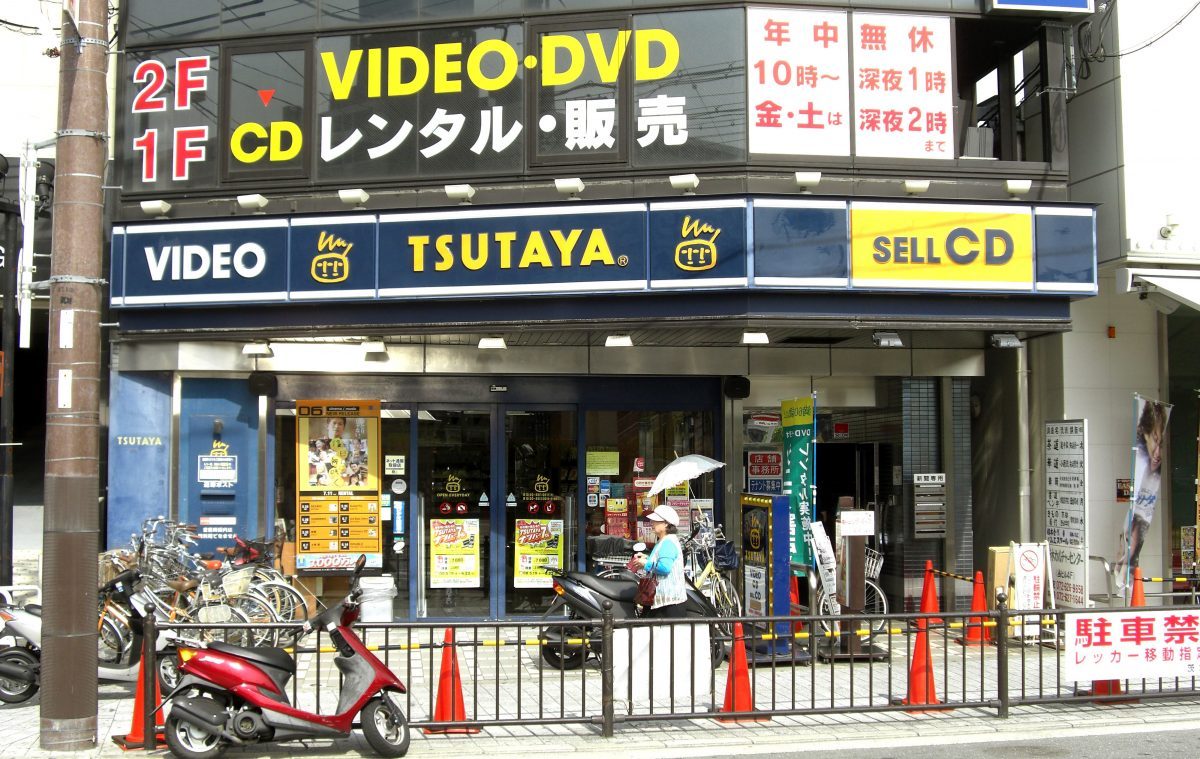
Blockbuster may be out of business in America, but similar stores are still alive and well in Japan. While Netflix and Hulu are available, I think the reason rental stores are still popular is because of Japan’s love for paper money. Netflix and Hulu don’t have those payment options here.
In some regards, rental stores are very convenient. Sure, it can be more expensive to rent Blu-rays and DVDs every week, but usually, rental stores such as GEO and Tsutaya have a selection of films and TV shows that streaming services don’t. They also don’t just offer TV and movie rentals, but also manga and CDs.
The rental price differs on the media (film, comics, or music) and how new it is. For example, it costs me only 100 yen to rent any Disney film that’s at least 3 years old for a whole week. However, it costs me 300 yen to rent the latest Marvel or Fate/Stay Night film for only 2 days.
While it’s clear that rental stores aren’t necessary in the west, I’ve come to use rental services for their convenience. I rent films and CDs for educational purposes when teaching English, sample new Vocaloid producers and game soundtracks, and rent TV shows not found online.















